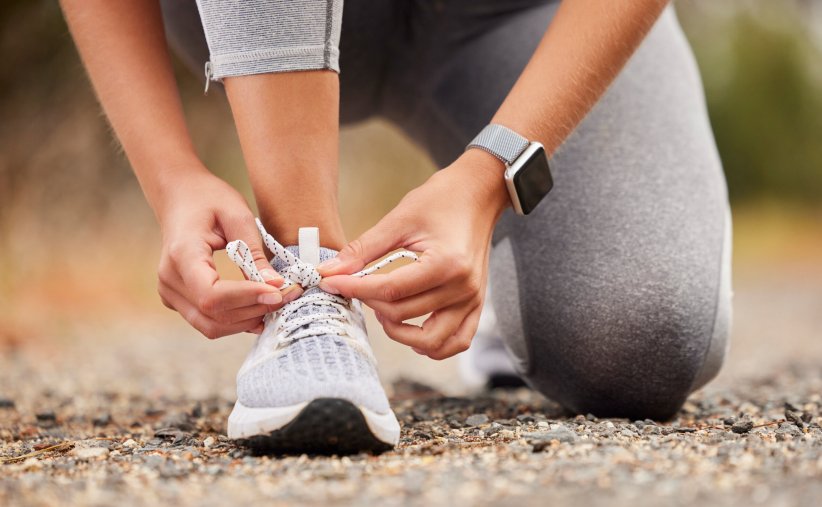Even if you’re not heading south for a vacation in the sun, winter is no time to bypass protective measures for your skin. When we think of the effects of cold weather on the skin, we tend to think about frostbite, chapping and windburn. But many people aren’t aware that the sun is as damaging on the ski slopes as it is on the beach. In fact, winter sun can be even more harmful, in part because we don’t feel the heat and don’t perceive the risk but also because the sun’s rays are stronger at higher altitudes and when they reflect off snow.
The vast majority of skin cancers are caused by exposure to the sun. As dangerous as it is, cancer isn’t the only consequence of sun exposure. Changes to the skin that are often thought of as a natural result of aging – wrinkling, sagging, leathering and the pigmentation known as age spots or liver spots – are also the result of sun exposure. Two types of ultraviolet rays, UVA and UVB, damage DNA in ways that cause cells to grow out of control and become cancerous; these rays also cause premature aging. And while UVB rays decrease during the winter months, UVA rays are just as intense. We can’t prevent all damage to the skin from sun exposure – at any time of the year. But we can take steps to minimize the risk.
Sun Protection Tips for Winter
Following these tips can help you avoid the negative effects of the winter sun.
- Use a sunscreen with an SPF (sun protection factor) of 30 or more that is “broad spectrum,” meaning it protects against both UVA and UVB radiation. Choose a moisturizing sunscreen that contains lanolin or glycerin to protect against harsh winter conditions. Apply sunscreen to all exposed skin, especially the face, and slather it on liberally – use at least a teaspoon on your face. Sunscreen isn’t just for days when you are engaging in winter sports. Use it any time you will be outdoors for 15 minutes or more, even when the skies are overcast. Apply sunscreen 15 minutes before going out and reapply every two hours, more often if you’ve been sweating or if you’ve been out in strong wind, which can reduce its effectiveness. Every time you apply sunscreen, also apply lip balm with SPF of 15 or above.
- Protect your eyes from both the brightness of the sun’s reflection off snow and from ultraviolet radiation. Wear sunglasses or goggles that provide 99 percent protection against UV rays and that have wraparound frames that cover the largest possible area. Moisturize the skin around your eyes carefully; that area is particularly susceptible to dehydration in cold, dry weather.
- Clothing should cover you up as much as possible, for warmth as well as sun protection. When a broad-brimmed hat isn’t feasible, make sure your neck is protected by a ski mask.
- Avoid the sun at midday, especially at high elevations. Try to stay out of the sun between 10 a.m. and 4.p.m. when the sun’s rays are strongest. And keep in mind that UV radiation increases by 4 percent for every thousand feet above sea level. At elevations found on many ski slopes, UV radiation is about 30 percent more intense than at sea level.
Most people know that they must protect their skin from the sun’s burning rays when they head to the beach, but the risk of damage from UV radiation is as great in the winter when the sun doesn’t feel as hot and we’re not as conscious of the danger. The good news is that less skin is exposed in colder weather so there is less to protect. Armed with properly applied sunscreen, sunglasses and a hat or mask, you can enjoy outdoor winter fun while minimizing damage from the sun.
Robert Levine, D.O., F.A.O.C.D., is experienced in many areas of medical and surgical dermatology with a particular interest in cosmetics. advanceddermatologypc.com.







